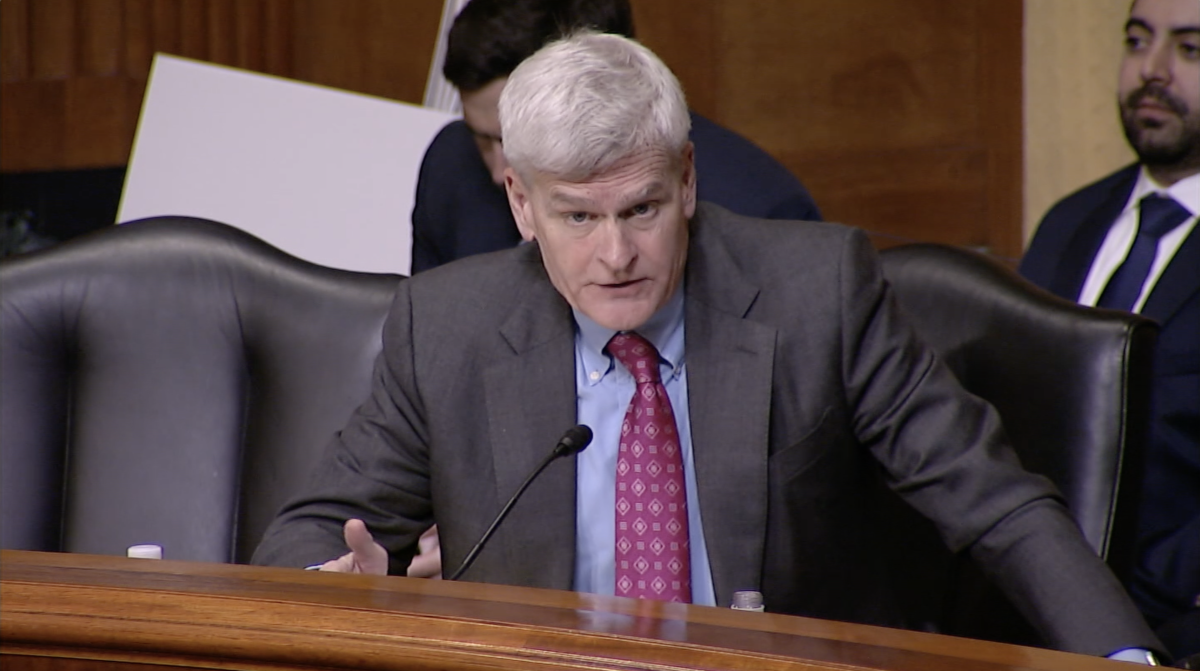
TPSD seeks parent/guardian feedback on new Family Engagement Survey
April 27, 2024
Durable LDWF License Cards Will Be Available April 29
April 27, 2024U.S. Senators Bill Cassidy, M.D. (R-LA) and Gary Peters (D-MI) introduced bipartisan legislation directing the Federal Emergency Management Agency (FEMA) to create a plan for the agency to effectively manage its workforce so that they are well-equipped to help communities deal with natural disasters. The bill would improve FEMA’s employee recruitment and retention efforts, develop strategies to better train and deploy their workforce, and utilize data to address and fix staffing gaps.
“FEMA plays a vital role in a community’s recovery after natural disasters, but FEMA’s workforce must be given the tools to effectively do their job,” said Dr. Cassidy. “My bipartisan bill ensures FEMA has the necessary staff to care for and assist Americans hit by natural disasters.”
“When natural disasters strike, FEMA is on the frontlines to help communities recover. This agency must ensure it has the workforce in place to meet the needs of any disaster,” said Senator Peters.“My bipartisan bill will ensure FEMA is properly staffed to provide reliable assistance to survivors of natural disasters.”
The FEMA Workforce Planning Act would require FEMA to submit a human capital operating plan to Congress every three years to ensure they are attracting the best talent. The plan must include specific retention and recruitment goals, strategies to train and deploy the workforce, and analysis of the current workforce, including gaps that need to be addressed. Additionally, the bill would require the Government Accountability Office (GAO) to audit the plan within six months of submission.
Background
FEMA has faced challenges deploying staff with the proper training and skills needed to respond to natural disasters. In October 2017, GAO found that 54 percent of staff were serving in a capacity in which they were not formally certified according to FEMA’s qualification system standards.





